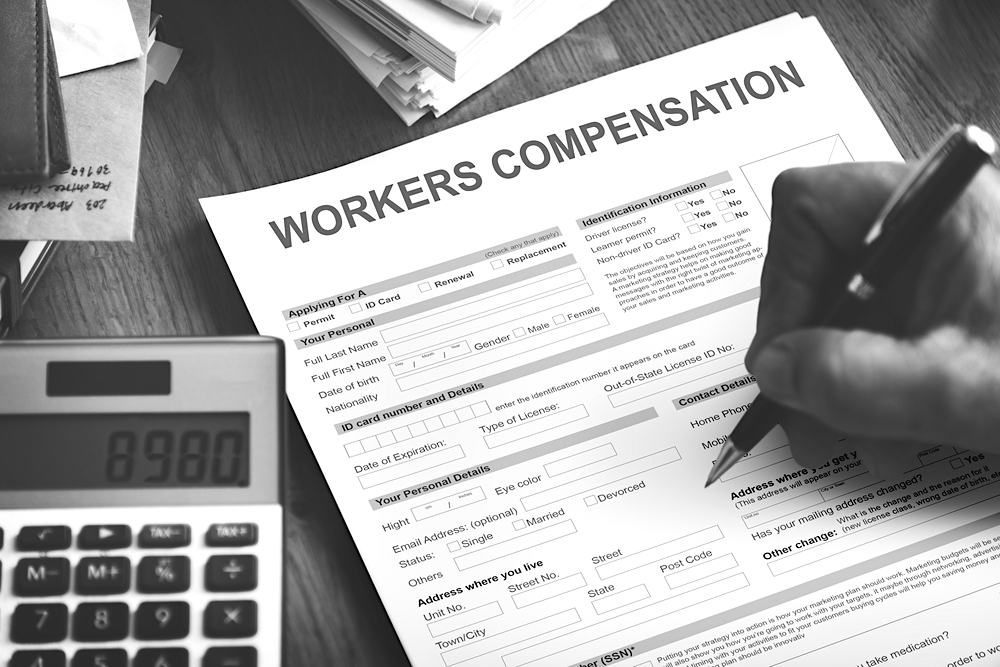
Workers’ compensation insurance provides employees with lost wages, medical treatment and death benefits (to employee’s families) for job-related accidents or injuries. It is frequently a construction company’s single most expensive line of coverage. Let’s look at how your workers’ compensation premium is calculated and what you can do to keep your cost as low as possible.
How is my workers’ compensation premium rate calculated?
Workers’ compensation premiums are calculated by the formula below.
Classification Rate X Payroll (per $100) X Experience Modifier = Premium
- Classification – The classification system identifies which type of work presents more risk to the employees performing these tasks. Your business is put into a group based on the type of work they do (i.e. workers comp cost will be more for a demolition worker than an office worker). For each classification of employee, the business owner must pay a certain amount for workers’ compensation based on every $100 in payroll. The rate is applicable to the total policy payroll.
- Payroll – For each $100 of an employer’s payroll, there is a specific rate determined by the employer’s classification codes.
- Experience Rating – The employer’s experience modification rate (EMR) is a numeric representation of the company’s claim experience. The industry average is an EMR of 1. If your business’s EMR is less than 1, you will pay less in WC premiums. If your EMR is greater than 1, you will pay more in WC premiums.
How can my construction company control rising premium costs?
- There are a few ways to control rising premium costs. A good start is to check the classification code assigned to your company. Misclassification can result in substantially higher premiums.
- Secondly, review your loss data to get a handle on any problem areas. Injuries result in claims, and claims are a critical factor in determining what employers pay for their workers’ comp premium. In short, fewer claims means you pay less.
- A final way for your company to control your WC costs is through a true commitment to safety. This includes employee training and voluntary safety inspections and audits. Understandably, accidents will happen; but how you respond to any accidents is equally important. Employers should work with their insurance carriers to direct medical treatment, and conduct a thorough investigation to avoid future incidents.
- Also, does your company have an established return to work (RTW) policy? A RTW policy offers temporary alternative light duty assignments wherever possible so that the employee can return to work quicker. This reduces the length of a claim and contains costs. If no light duty is available, the worker will simply continue to receive disability benefits, which costs your company money.
Running a business has many costs. By taking these few steps, you can help contain a significant one. Interested in learning more about how you can keep your workers’ compensation premium cost in check? Call TSIB today at 201-267-7500.
image credit: Rawpixel.com/shutterstock.com


Comments